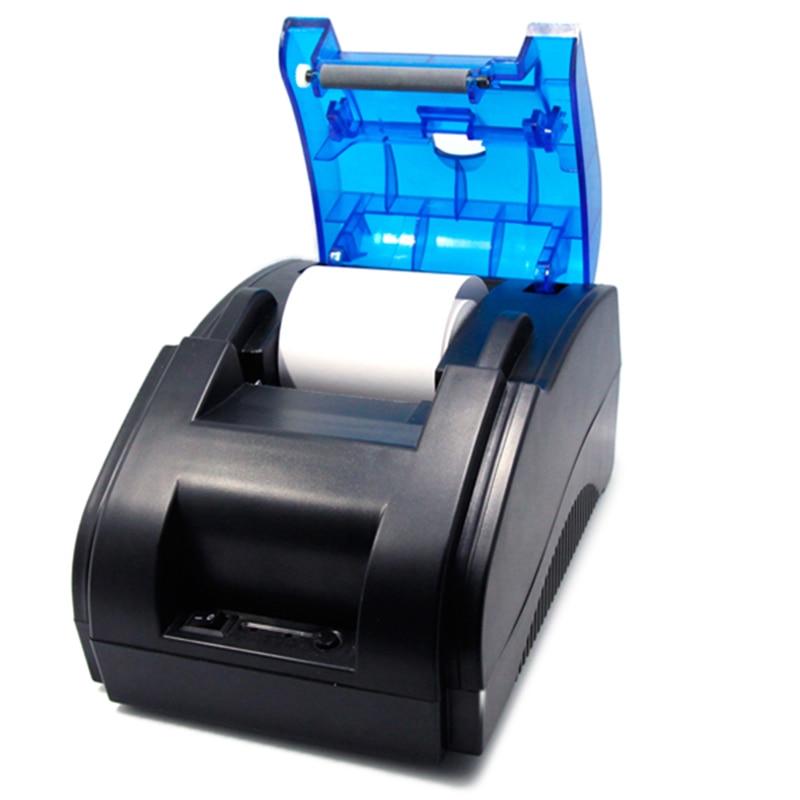
- #Barcode generator machine how to
- #Barcode generator machine android
- #Barcode generator machine code
#Barcode generator machine android
I can't get anything online or android to actually read the stupid things though. The water disc has 4 selectable barcodes for 4 different volumes (150, 250, 350 and 450 ml). We have a water dispenser disc (it replaces the output spout so it's not very useful I use a washed-out Suchard chocolate disc for water). The first link in the Q discusses purge and charge sections - these will contribute to the volume and it's possible that the table of volumes assumes some contribution from these processes that may not be the minimum Printf("%16s %5s%d\n", argv, buf, checksum) įirst a thought regarding the volumes that don't seem to line up. If you want to play with some other bit combinations, here's the source to my bitflip program (it's not the cleanest code, and it will produce strange results if you throw anything but binary digits at it, but it will do the job): #include įprintf(stderr, "Need a 16 bit binary value\n") Īrgv=(oldbit = '1' ? '0' : '1') īinval=(binval<<1) | (argv='1') If all these barcodes are accepted, they should produce different results which should give a hint at which bit has which meaning. I'd try to take the above codes, flip one bit after another in each of them, calculate the decimal number, tack on the checksum digit, and print that to barcode, then check what happens: $. But, there's no guarantee for the volume table in the machine being identical to the one in the patent. my two numbers have only one bit that's different, and each combination from the table needs more than one different bit. Unfortunately, that doesn't match anything from the patent volume table, even if i compare the larger volumes (170 / 230 to account for water that stays in the disc), or smaller volumes (130 / 190). Now, if i remove the checksum digit from the decimal numbers, and convert them to binary: 06409 = 0001 1001 0000 1001 So it seems that this disk was accepted because the checksum matched, while your other disks weren't taken because of the wrong checksum.
#Barcode generator machine code
The decimal representation of your modified code is 065375.
#Barcode generator machine how to
Please share your ideas on how to understand this further.Ĭonsider the code that you were able to modify. I'm also not sure I'm getting the same brewing parameters with the barcodes I made. As you can see from the experiment table, the pattern is rather fuzzy, and there are entries that give same volume from different combination of bits. While this was sort of a success (I'm now able to produce barcodes with correct volumes for the drinks I'm interested in), I'm still completely lost as of exactly how this works. And there it is, I got 300 ml of Espresso. So I identified two 6-bit sequences that resulted in 300 ml for Crema.įor the sake of interest, I took one of the sequences and put it into the respective place of the original Espresso barcode. Because Google Docs don't support in-cell colours, there is also a more nicely coloured Excel file uploaded here at Google Drive. The 6-bit range in question is in the middle: last 3 bits of the first byte and first 3 bits of the second byte (big-endian). The data is available here at Google Docs.

I did some really extensive testing, printing out and feeding the machine a handful of barcodes, and it would seem there are six bits in the barcode, not four, that control the amount.

Using a barcode printer, I tried to modify the Coffe Créma barcode to give 300 ml (the max amount from the patent).

The service disk is used for cleaning, it makes hot water at 60° C flow straight through without any brewing time.

The last digit is the check digit calculated according to the UPC Check Digit rules.Īctual barcodes with the checksum removed: The barcode uses the Interleaved 2 of 5 symbology and 6 digits. On top of the information from the links above, here's what I found out myself. While this was quite promising, it resulted in nothing, as the blog author found out himself, too. Surprisingly, when searching for pictures of T-Disks (in order to study more barcodes), I stumbled upon this useful post: Hacking the Tassimo - Part 2: Breaking the Code ( archive), which also links to this T-Disk-related patent, in which there is a table explaining the controlling bits. drink volume.Īt first I wasn't able to find any decent information about these barcodes, among the top Google hits were things like this rather useless rant. What I want to do is understand the barcode and come up with some different barcodes that would be accepted as valid and let me adjust e.g. Those contain coffee/milk/something else, and a barcode that is supposed to tell the machine how to deal with the disk. I have a Bosch Tassimo TAS2002EE coffee maker that uses T-Disks.


 0 kommentar(er)
0 kommentar(er)
